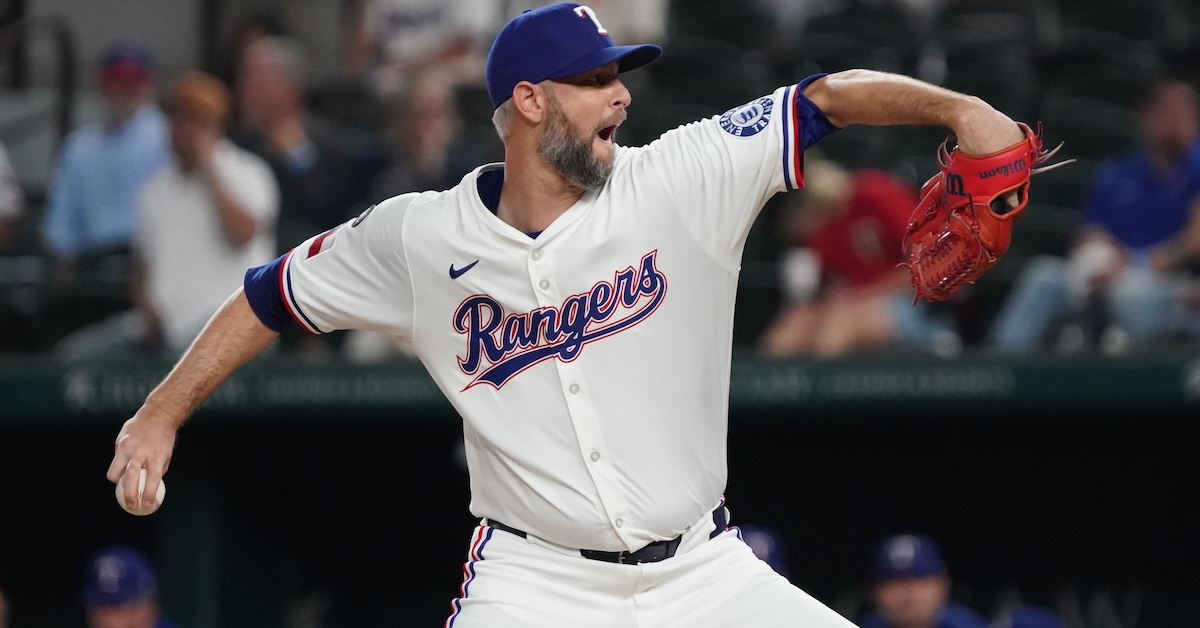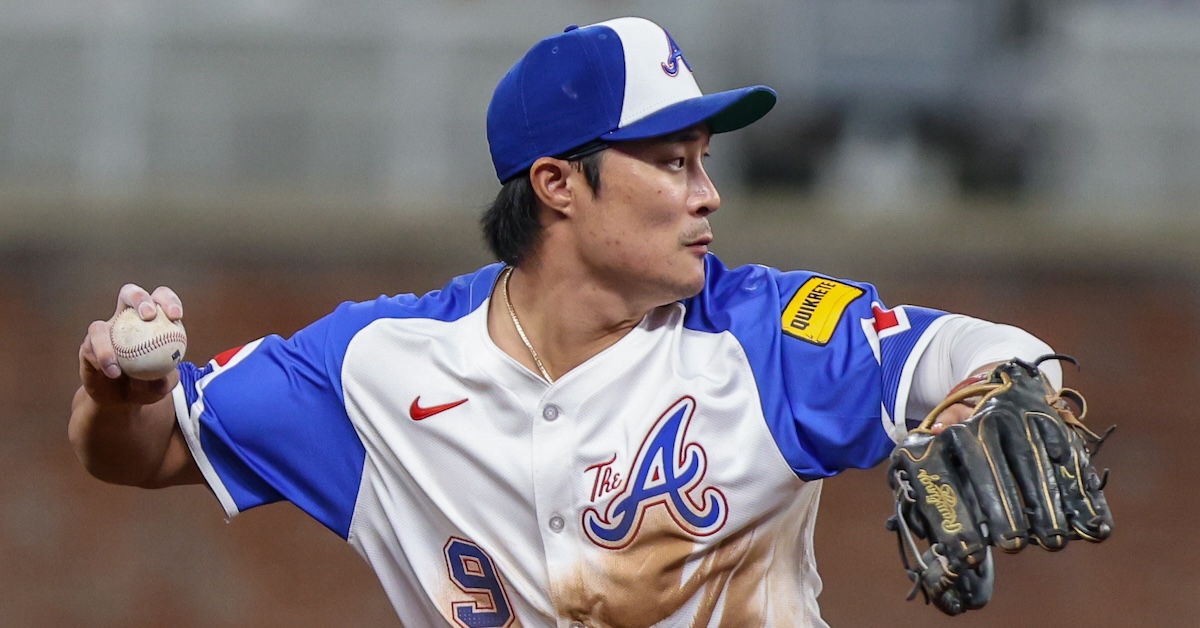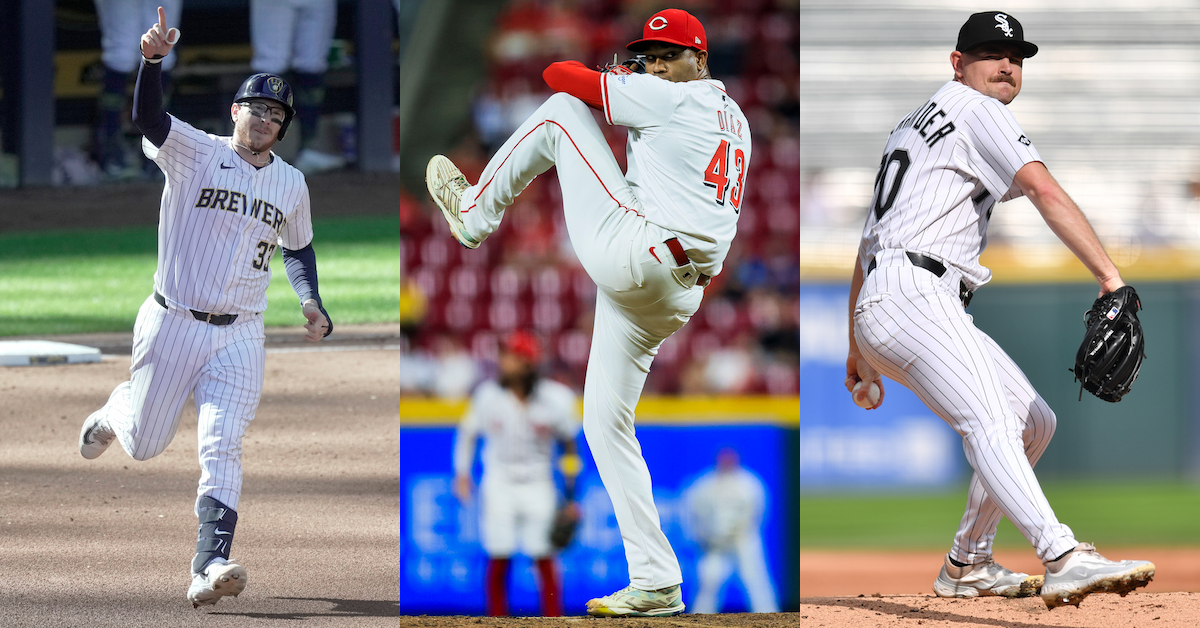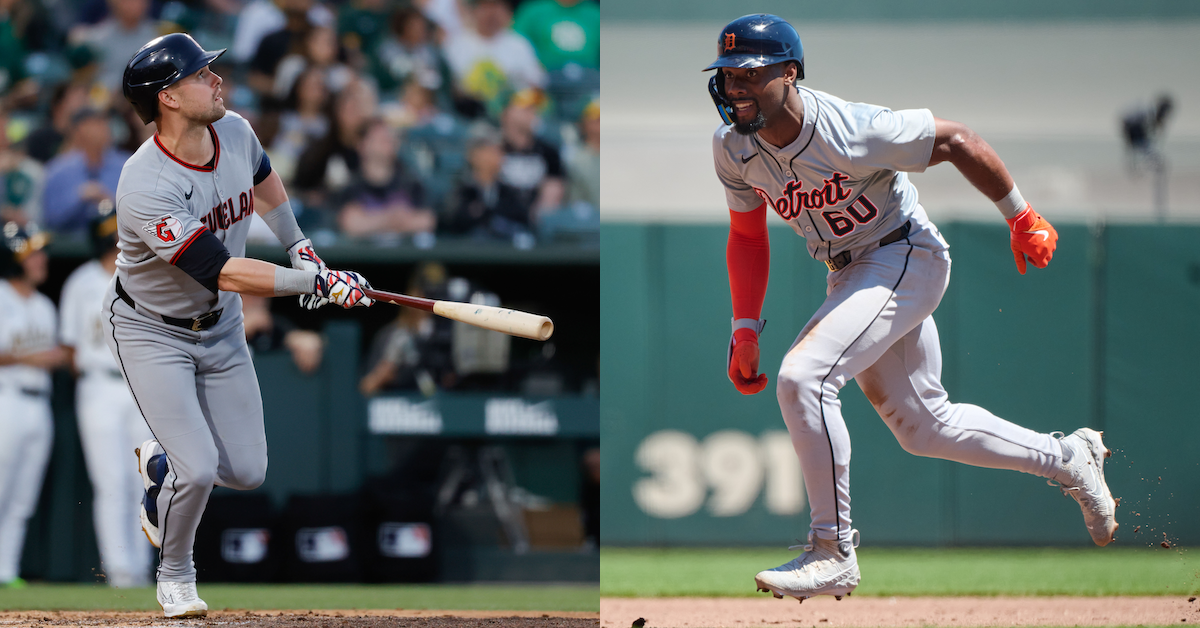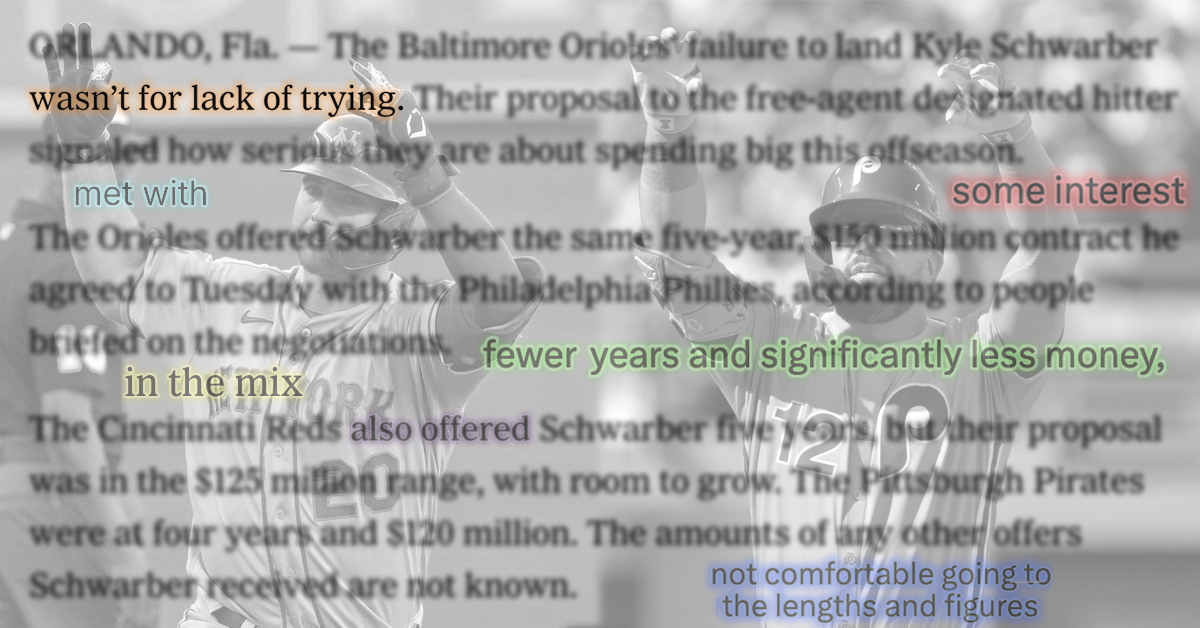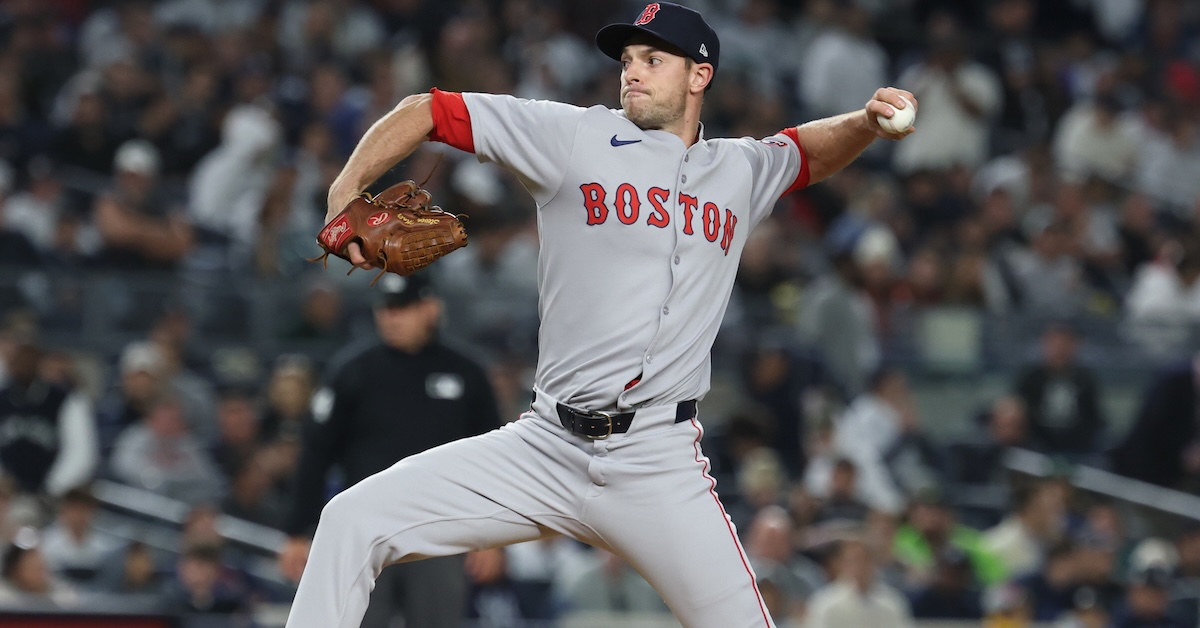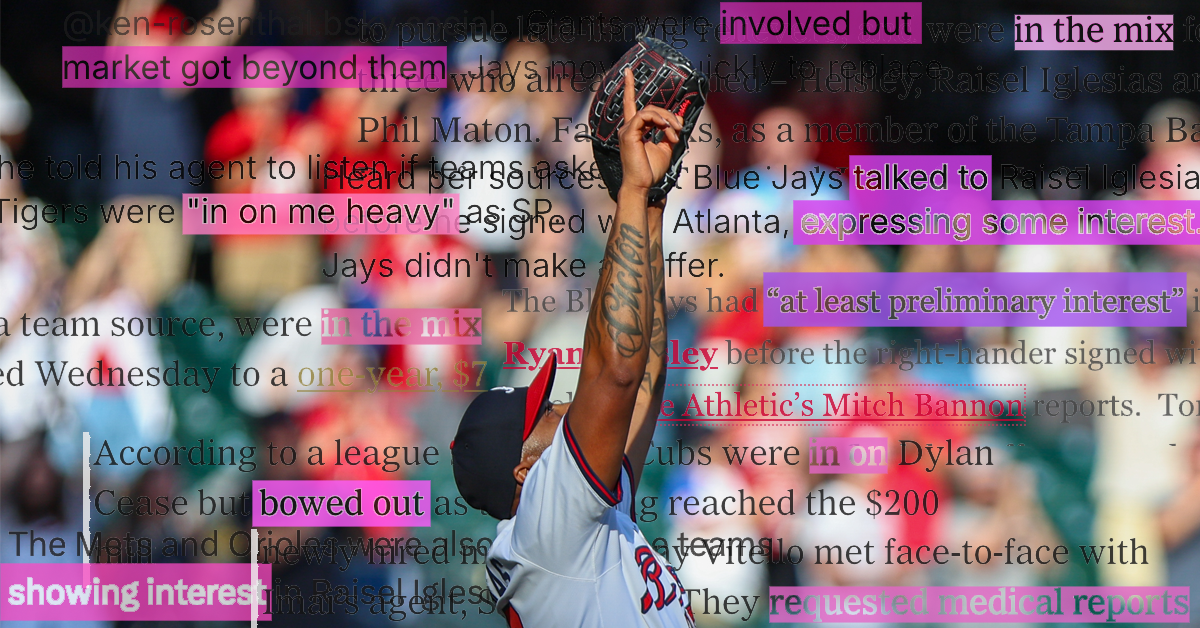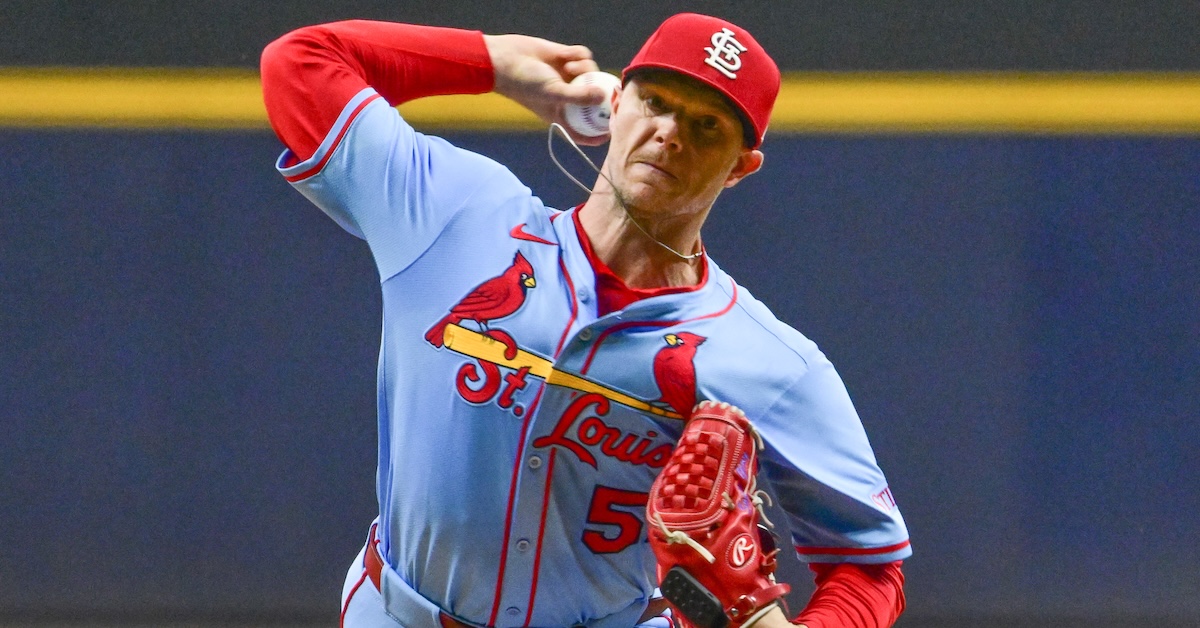And the 2025 Kit Keller Award Goes To…
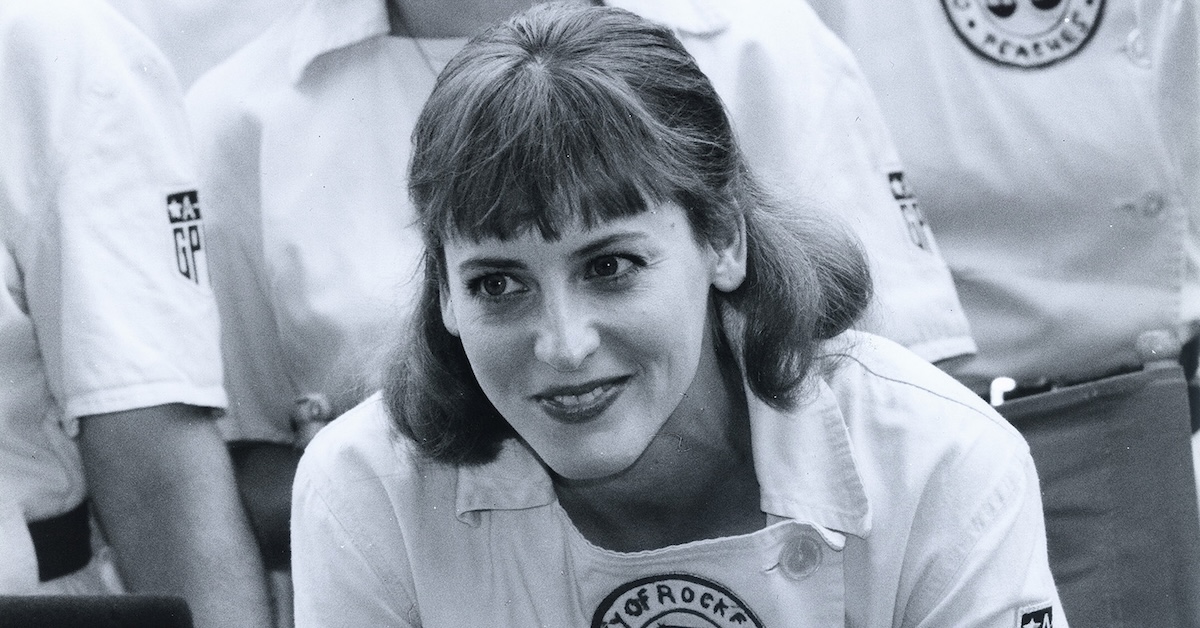
I got sick last week. So did my wife. We canceled our plans. We spent the weekend horizontal. We watched TV. On Sunday morning, I woke up and found my wife on the couch watching A League of Their Own. I did what anyone does when they catch a glimpse of the greatest baseball movie of all time on television. I sat down and watched the rest of it.
I’m still kind of sick. My wife is still fully sick. A League of Their Own is still on my mind. Specifically, I’ve been thinking about the scouting report that Rockford Peaches catcher Dottie Hinson (Geena Davis) delivered to pitcher Ellen Sue Gotlander (Freddie Simpson) with two outs and the tying run on first in the bottom of the ninth in Game 7 of the World Series in Racine. I had useful thoughts, and we’ll get to those in a moment. First, though, we’re going to wade through some useless thoughts. I beg you to humor me, because I am about to critique the baseball strategy in a perfect movie. I told you I’m sick.
There’s nothing wrong with making a mound visit in a big moment, giving the pitcher a break and reminding them of the scouting report. But the batter was Hinson’s sister Kit Keller (Lori Petty), who spent nearly the entire season with the Peaches, then faced them throughout the Series, including three times alone in Game 7. There’s no way Ellen Sue needed a refresher on that particular scouting report. Then, there’s the scouting report itself. “High fastballs,” Dottie said. “Can’t hit ‘em, can’t lay off ‘em.” It was right on the money, but they didn’t have to follow it on every single pitch, did they? Once they’d jumped ahead 0-2, did it never occur to Dottie or Ellen Sue to waste a breaking ball in the dirt in order to reset Kit’s eye level? I don’t care who’s at the plate; you can’t throw the same pitch to the same spot three times in a row and expect to get away with it. Read the rest of this entry »
